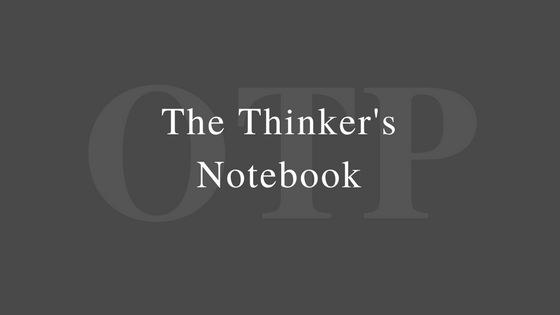To most of the world, Wakanda is a simple third world farming country, with very little if any technology and no real international significance. But, when it comes to the Country of T’Challa’s birth, there is more than meets the eye. A long time ago, a meteor crashed into Wakanda. The meteor was made of vibranium, a sound-absorbing element that cannot be found anywhere else on the planet, and that very rare and precious metal is where the true story of Wakanda begins. Black Panther is the eighteenth movie in the Marvel Cinematic Universe. It is the story of T’Challa, a young king who was thrust into power due to the sudden death of his father T’Chaka. He rules Wakanda, the most isolated and the most technologically advanced country in the world. Ruling Wakanda has a very interesting fringe benefit, for the ruler of the Country is gifted the mantle of The Black Panther, protector of Wakanda and its secrets.
This past weekend, movie theaters were filled to capacity, with moviegoers excited to be a part of the opening weekend of Black Panther. The energy for this movie was unlike anything you’ve ever experienced! Whole movie theaters were sold out weeks prior to opening weekend. Moviegoers came to visit Wakanda in their best African fashion, and this wasn’t just about cosplay for the film, this was an opportunity for Black folk to key in on their African roots and to represent Black pride.
How does a movie about a fictional superhero from a fictional African nation cause so much pomp and circumstance? Well, it starts with the storyline: an autonomous African nation that is light-years ahead of the rest of the world, never touched by imperialism or colonization. And then it’s the cast, virtually an all-Black ensemble, directed by young film maverick Ryan Coogler. Add to that an opening weekend coinciding with both Black History Month and Valentine’s Day, and you have the makings of a historic event. But in show business, the show is only one part of it. What about the business? Is the movie any good?
With fascinating imagery, vibrant outfits, ingeniously-layered characters and a story relevant to real life dynamics, Black Panther is an amazing ride, definitely worthy of the dozens of think-pieces sure to be published and printed over the next few weeks regarding the prevailing themes of the movie. You’ll no-doubt read about the women of this movie, both in the symbolic paradigm, speaking of the power, grace and influence of the Wakandan women, and also – in the real paradigm – lauding the superior work of Lupita Nyong’o, Angela Bassett, Danai Gurira and newcomer Letitia Wright. You will read about Wakanda’s policy of isolation, and whether or not upholding such a policy is smart or selfish. By far, though, most will discuss Killmonger, portrayed flawlessly by Michael B. Jordan. Killmonger is the son of King T’Chaka’s brother N’Jobu. He is a half-American child who is left to fend for himself after the death of his father. He grows up resentful of his African roots and when he gets his opportunity, he challenges T’Challa, causing he and all of Wakanda to defend their actions. Killmonger is the most enigmatic villain we’ve seen in a long time, he is the true bridge between the symbolism of the movie and the real-life dynamics that the symbolism speaks to. What he really represents is an even bigger discussion, one that involves a myriad of issues including the slave trade, the Black Diaspora and the accountability regarding the idea of a disconnect between Africans and African Americans. Regardless of how you feel about Killmonger, you feel him.
There is much to unpack, much to dissect and analyze with regards to Black Panther, and these conversations are taking place in real time, in taverns, in churches, or on social media. And this is a good thing. When art invokes such a passionate need for one to express what they have experienced, that work of art can be considered a masterpiece. Black Panther is a masterpiece. Wakanda Forever!


